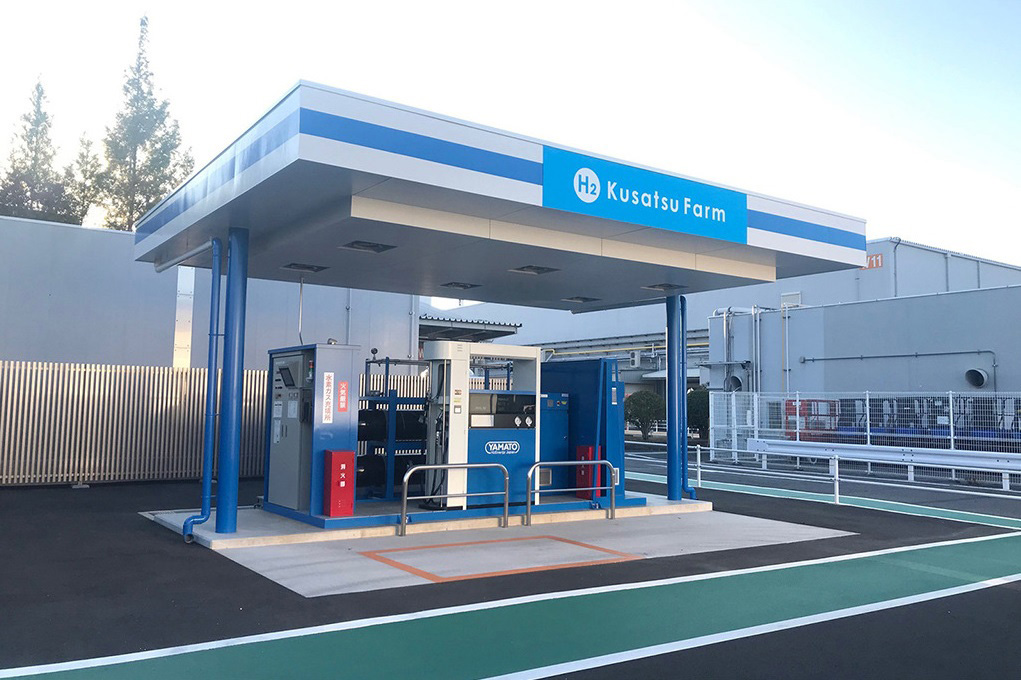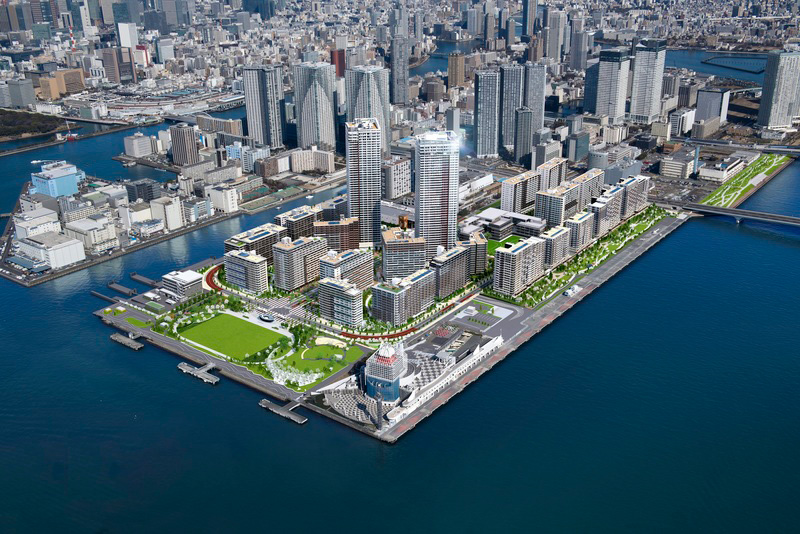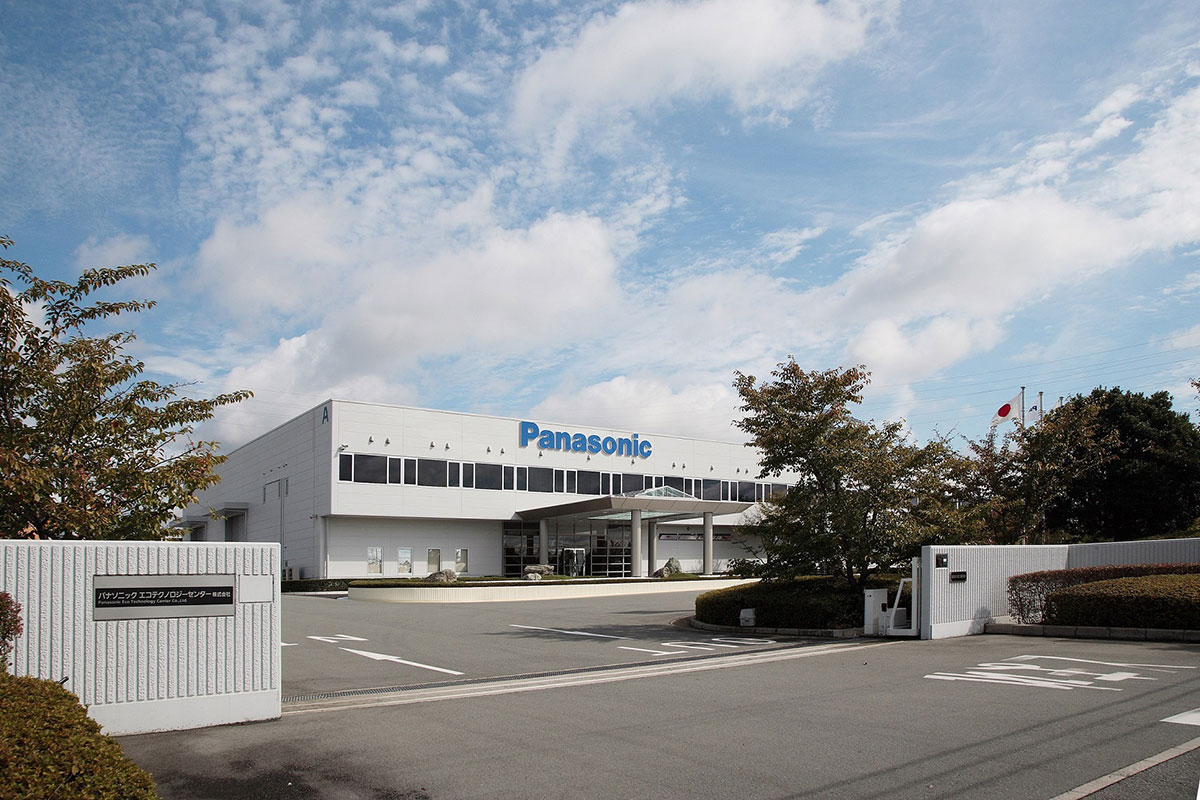Realizing Carbon-Free Society by utilizing Hydrogen
Panasonic Corporation
Outline
Panasonic Corporation formulated the Panasonic Environment Vision 2050 in June 2017, a goal that requires the Company to work towards the creation and more efficient utilization of energy that exceeds the amount of “energy used” in order to balance the demands for better lifestyles with the need to ensure a sustainable global environment.
As one of our efforts to expand “energy created”, the company is working to develop fuel cell technologies that generate electricity from clean, energy-derived hydrogen as an energy source. As an example of the utilization of clean energy in all aspects of society, we opened a hydrogen station at our Kusatsu Factory in Shiga Prefecture in 2019, and started a demonstration experiment to supply CO2-free hydrogen to a fuel cell forklifts within the Factory. In addition, at HARUMI FLAG, a new residential compound that will be built on the site of the Olympic Village for the Tokyo 2020 Games, we will work with 5 energy companies to implement hydrogen infrastructure in society for the first time in Japan.
The Panasonic Group is using hydrogen as a new energy source as a way to bring about the carbon-free society the Japanese government has called for. To achieve a carbon-free society, Panasonic is contributing to creating a society that enjoys peace of mind because it uses clean energy.
Description
Since its founding, the Panasonic Group has had as its corporate philosophy the idea of contributing to the development of people's lives and society, and has been actively addressing global environmental issues. In 2017 the Company formulated the Panasonic Environment Vision 2050, a goal that requires the Company to work towards the creation and more efficient utilization of energy that exceeds the amount of “energy used” in order to balance the demands for better lifestyles with the need to ensure a sustainable global environment. In addition, the Company formulated the Green Plan 2021 with focus on “energy” and “resources”, which are material to realize Environment Vision 2050. Panasonic will accelerate the development of products, technologies, and solutions related to the four viewpoints of energy creation, energy saving, energy storage, and energy management. As part of this effort, we are working to expand “energy created”, the company is working to develop next-generation solar cell technologies as well as fuel cell technologies that generate electricity from clean, energy-derived hydrogen as an energy source.
As an example of the utilization of clean energy in all aspects of society, a study on projects involving experiments on demonstrations of the use of hydrogen commenced in 2018 to build a future carbon-free society. Specifically, the H2 Kusatsu Farm (hydrogen station) set up at the Kusatsu Factory will be used to create CO2-free hydrogen with photovoltaic power generation, used as a source of renewable energy, via a water electrolysis hydrogen production device, and high-pressure compression of the hydrogen for supply to fuel-cell-powered forklifts. The hydrogen supply is to be used for logistics within the Factory Starting in FY2019.
Furthermore, at HARUMI FLAG, a new residential compound that will be built on the site of the Olympic Village for the Tokyo 2020 Games, we will work with 5 energy companies to implement hydrogen infrastructure in society for the first time in Japan. This is the first practical hydrogen station in Japan to supply hydrogen to a pure hydrogen fuel cell via a pipeline for power generation and utilization. Our company plans to, by April 2021, bring out fuel cells capable of delivering power output of 5 kW and rated energy conversion efficiency (i.e., lower heating value, LHV) of 56%. Six fuel cells will combine to supply electricity, at a total power output of 30 kW to each residential neighborhood which will supply electricity to street lighting, information infrastructure and security systems. In addition, city gas will be refined to create hydrogen that will be used to power household fuel cells in each residential unit (approx. 4,000). We provide technologies for the effective "use" of hydrogen to support the hydrogen town project and plans to move ahead to develop technologies needed to "generate" and "store" hydrogen power.
The Panasonic Group is using hydrogen as a new energy source as a way to bring about the carbon-free society the Japanese government has called for, To achieve a carbon-free society, Panasonic is contributing to creating a society that enjoys peace of mind because it uses clean energy.
Partner(s)
“HARUMI FLAG”
Tokyo Gas Co., Ltd., Harumi Eco Energy Co., Ltd., JXTG Nippon Oil & Energy Co., Ltd.,
Toshiba Corporation, and Toshiba Energy Systems & Solutions Corporation
Supplementary information
Please refer to the following.
・Our company's Sustainability Data Book 2019 (page:15~18)
https://www.panasonic.com/global/corporate/sustainability/downloads.html
・Our company's Web page.
“HARUMI FLAG, the City That Brings the Future to Today's Tokyo”
https://news.panasonic.com/global/stories/2019/71599.html
Other Innovation Challenges
Realized Zero-CO2 Factories by using saved energy and renewable energy
Panasonic Corporation
Similar Innovation Challenges
Accelarating the penetration of renewable energy resources with “Open Energy System”
Sony Group Corporation
Achieving net-zero carbon emissions from plant factories using full artificial lighting
Taikisha Ltd.
Advanced technology for buildings providing energy-saving and comfortable indoor environment (under Net Zero Energy condition)
Mitsubishi Electric Corporation
AI control reduces base station power consumption by up to 50%
KDDI CORPORATION









